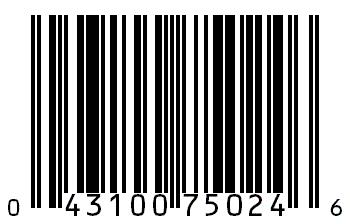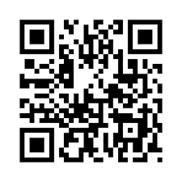1D versus 2D Barcodes
Yes, it’s true! 2D barcodes are smaller and “smarter” than 1D barcodes. But don’t write off the humble 1D barcode just yet.
To gain an understanding of the two barcode technologies and their respective strengths, please read on!
1D Barcodes
1D barcodes are also called “linear” barcodes. They’re the barcodes found on most popular consumer items. The barcode itself is a unique combination of vertical lines and spaces which vary in thickness (see example below).

1D barcodes are generally limited to a few dozen characters - which limits the amount of data they can store. 1D barcodes rely upon access to an external database to reveal their meaning.
1D barcodes can be scanned by either camera-based imaging scanners or laser scanners.
2D Barcodes
2D barcodes represent the next phase in barcode technology. 2D barcodes use geometric patterns such as dots, rectangles, hexagons and squares to store data (see example below).

Due to their two-dimensional design (data is encoded both vertically and horizontally), 2D barcodes can store significantly more information than 1D barcodes - including alphanumeric descriptions, images and website addresses. 2D barcodes are physically smaller than 1D barcodes, making them ideal for small electronic components, pharmaceuticals and medical devices. An example of a 2D barcode is a QR Code.
Unlike 1D barcodes, 2D barcodes don’t require access to an external database to reveal their meaning; in other words, the information is stored within the barcode itself.
2D barcodes can only be scanned by camera-based imaging scanners.
Conclusion
2D barcodes are obviously smaller and “smarter” than 1D barcodes, but are best suited to applications requiring in-depth tracking information of a static nature. The healthcare sector, with its focus on Unique Device Identification (UDI), is ideal for 2D barcodes.
On the other hand, 1D barcodes are better suited to applications where information (such as pricing) changes regularly. 1D barcodes are ideal for the retail and wholesale sectors, with their large pricing databases.
Despite the hype, 2D barcodes won’t replace 1D barcodes in the near future. Both technologies will continue to coexist and complement one another.

